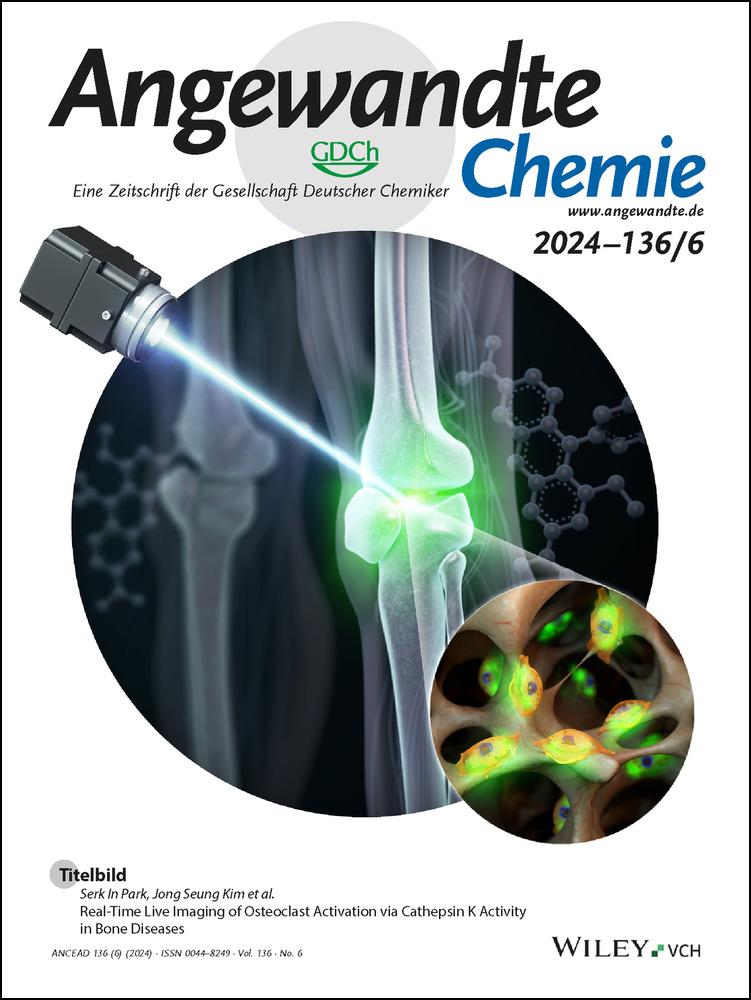Electrochemical Azidocyanation of Alkenes
Abstract
The difunctionalization of alkenes—a process that installs two functional groups in a single operation and transforms chemical feedstocks into value-added products—is one of the most appealing synthetic methods in contemporary chemistry. However, the introduction of two distinct functional groups via two readily accessible nucleophiles remains a formidable challenge. Existing intermolecular alkene azidocyanation methods, which primarily focus on aryl alkenes and rely on stoichiometric chemical oxidants. We report herein an unprecedented electrochemical strategy for alkene azidocyanation that is compatible with both alkyl and aryl alkenes. This is achieved by harnessing the finely-tuned anodic electron transfer and the strategic selection of copper/ligand complexes. The reactions of aryl alkenes were rendered enantioselective by employing a chiral ligand. Crucially, the mild conditions and well-regulated electrochemical process assure exceptional tolerance for various functional groups and substrate compatibility with both terminal and internal alkyl alkenes.
Open Research
Data Availability Statement
The data that support the findings of this study are available in the supplementary material of this article.




